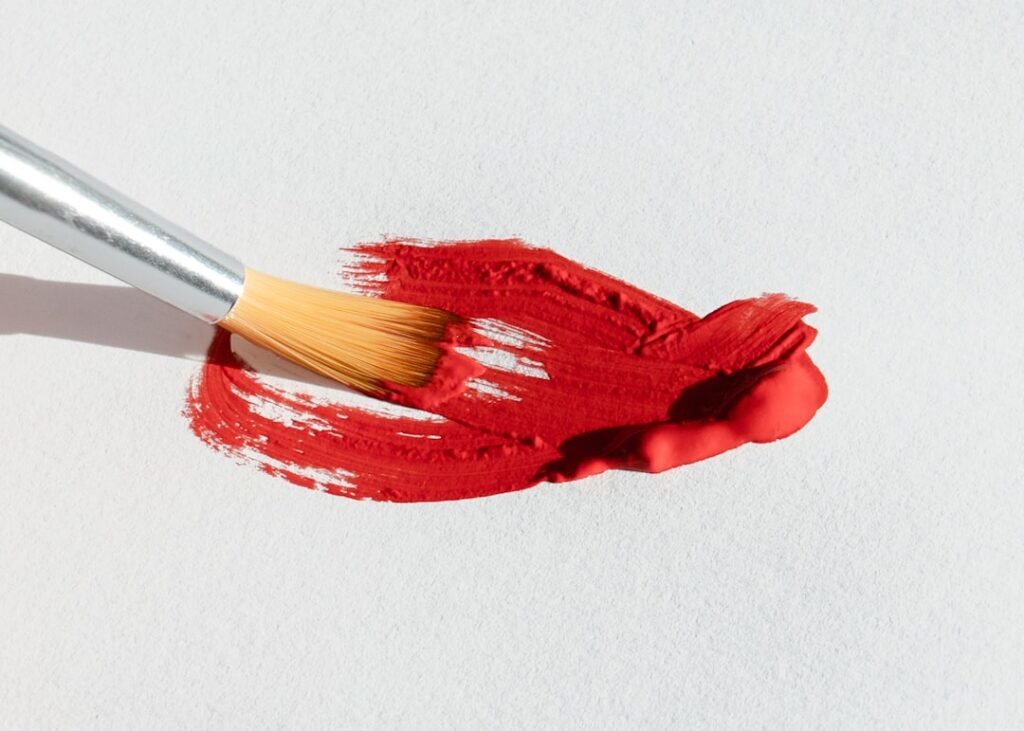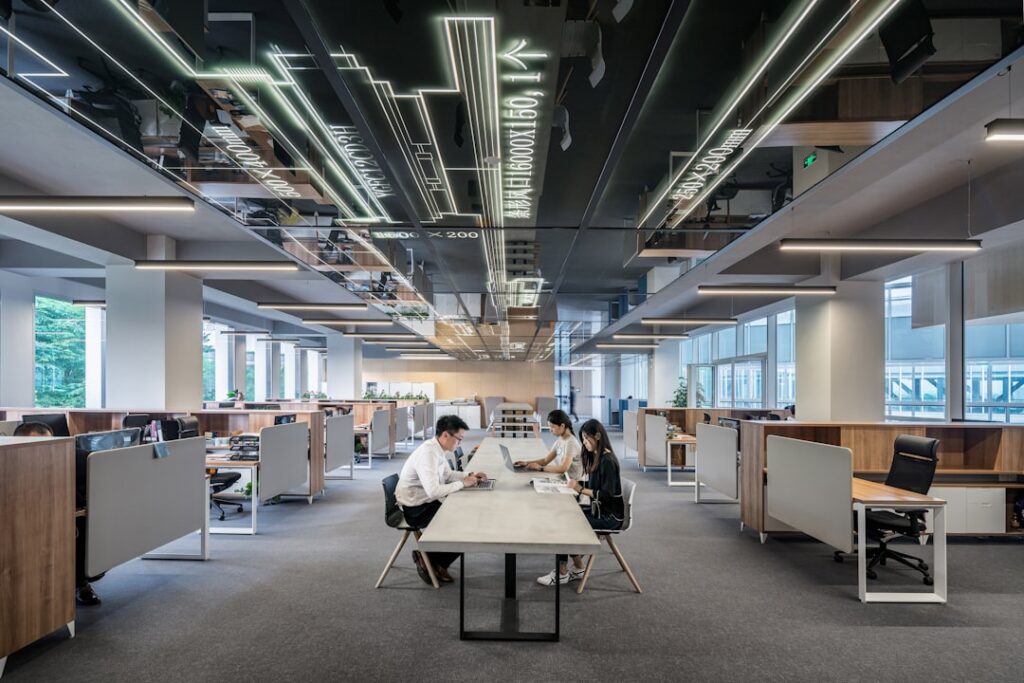Understanding the cost breakdown of interior painting is crucial for homeowners and business owners alike. Painting a room or an entire building can be a significant investment, and having a clear understanding of where your money is going can help you make informed decisions and ensure that you are getting the best value for your money. In this article, we will explore the basics of interior painting cost breakdown, the factors that affect the cost, and provide tips on how to estimate and save money on interior painting without compromising quality.
Understanding the Basics of Interior Painting Cost Breakdown
Interior painting cost breakdown refers to the process of breaking down the total cost of a painting project into its various components. This includes factors such as paint quality, labor costs, room size, and preparation. By understanding these different components, you can better understand how much each factor contributes to the overall cost and make informed decisions about where to allocate your budget.
Understanding the cost breakdown is important because it allows you to compare quotes from different painters or contractors and ensure that you are getting a fair price for the services provided. It also helps you identify areas where you can potentially save money without compromising on quality. For example, if you know that labor costs make up a significant portion of the total cost, you may choose to do some of the prep work yourself to reduce the overall cost.
Factors that Affect the Cost of Interior Painting
Several factors can affect the cost of interior painting. These include:
1. Room size: The size of the room or space being painted will have a direct impact on the cost. Larger rooms require more paint and more time to complete, which will increase the overall cost.
2. Paint quality: The quality of paint used can vary significantly in terms of price. Higher-quality paints tend to be more expensive but offer better coverage and durability, which can save you money in the long run.
3. Labor costs: The cost of labor will depend on factors such as the complexity of the project, the number of painters required, and the location. Labor costs can vary significantly between different painters or contractors, so it’s important to get multiple quotes and compare them.
4. Preparation: The amount of preparation required before painting can also affect the cost. If there is extensive damage or repairs needed, this will add to the overall cost. Additionally, if you choose to do some of the prep work yourself, you can save money on labor costs.
The Role of Room Size in Interior Painting Cost Breakdown
Room size plays a significant role in the cost breakdown of interior painting. Larger rooms require more paint and more time to complete, which will increase the overall cost. When estimating the cost based on room size, it’s important to consider factors such as ceiling height and the number of doors and windows in the room.
To estimate the cost based on room size, you can start by calculating the square footage of the walls that need to be painted. This can be done by measuring the length and height of each wall and multiplying them together. Once you have the total square footage, you can use this to estimate how much paint you will need and how long it will take to complete the project.
It’s also important to consider any additional factors that may affect the cost, such as whether there are any intricate details or trim that need to be painted. These factors may require additional time and effort, which will increase the overall cost.
How to Estimate the Cost of Interior Painting
Estimating the cost of interior painting involves several steps:
1. Calculate the square footage: Measure the length and height of each wall that needs to be painted and multiply them together to get the total square footage.
2. Determine paint quantity: Consult with a paint supplier or use an online paint calculator to determine how much paint you will need based on the square footage. Keep in mind that you may need multiple coats, so factor that into your calculations.
3. Research paint prices: Research the prices of different paint brands and qualities to get an idea of how much you can expect to spend on paint. Keep in mind that higher-quality paints tend to be more expensive but offer better coverage and durability.
4. Get labor quotes: Contact multiple painters or contractors and request quotes for the labor portion of the project. Be sure to provide them with all the necessary information, such as the square footage, any additional details or trim that need to be painted, and any specific requirements or preferences you have.
5. Consider additional costs: Factor in any additional costs, such as supplies, equipment rental, or repairs that may be needed before painting.
By following these steps and considering all the relevant factors, you can estimate the cost of interior painting more accurately and make informed decisions about your budget.
The Impact of Paint Quality on Interior Painting Cost Breakdown
The quality of paint used can have a significant impact on the cost breakdown of interior painting. Higher-quality paints tend to be more expensive upfront but offer better coverage and durability, which can save you money in the long run.
When considering paint quality, it’s important to understand the different types of paint available and their respective benefits. For example, there are paints specifically designed for high-traffic areas or rooms with moisture, such as bathrooms or kitchens. These paints may be more expensive but offer better resistance to wear and tear or mold and mildew.
Choosing the right paint quality is important because it affects not only the appearance but also the longevity of the paint job. Higher-quality paints tend to require fewer coats, which can save you time and money. They also tend to have better color retention and resistance to fading, which means you won’t have to repaint as frequently.
To choose the right paint quality, consider factors such as the room’s function, the level of traffic it receives, and any specific requirements or preferences you have. Consult with a paint supplier or a professional painter for recommendations based on your needs and budget.
Understanding the Labor Costs of Interior Painting
Labor costs are a significant component of the cost breakdown of interior painting. The cost of labor will depend on factors such as the complexity of the project, the number of painters required, and the location.
When estimating labor costs, it’s important to get multiple quotes from different painters or contractors. This will allow you to compare prices and ensure that you are getting a fair price for the services provided. Be sure to provide each painter with all the necessary information, such as the square footage, any additional details or trim that need to be painted, and any specific requirements or preferences you have.
It’s also important to consider the experience and expertise of the painters or contractors you are considering. While it may be tempting to choose the cheapest option, keep in mind that quality workmanship is crucial for a long-lasting and professional-looking paint job. Hiring experienced professionals may cost more upfront but can save you money in the long run by reducing the need for touch-ups or repainting.
The Role of Preparation in Interior Painting Cost Breakdown
Preparation plays a crucial role in the cost breakdown of interior painting. The amount of preparation required before painting can vary depending on factors such as the condition of the walls, any repairs needed, and any existing paint or wallpaper that needs to be removed.
The more preparation that is required, the more time and effort it will take, which will increase the overall cost. However, by taking the time to properly prepare the surfaces before painting, you can ensure a smoother and more professional-looking finish.
To save money on preparation costs, you can choose to do some of the work yourself. For example, you can remove any existing wallpaper or paint that needs to be stripped, fill in any holes or cracks, and clean the surfaces before the painters arrive. This can help reduce the overall labor costs and allow the painters to focus on the actual painting.
It’s important to communicate with the painters or contractors about the level of preparation you are willing to do yourself. They can provide guidance on what needs to be done and ensure that the surfaces are properly prepared before painting.
How to Save Money on Interior Painting without Compromising Quality
Saving money on interior painting doesn’t have to mean compromising on quality. Here are some tips on how to save money without sacrificing the end result:
1. Do some of the prep work yourself: As mentioned earlier, you can save money on labor costs by doing some of the prep work yourself. This can include tasks such as removing wallpaper or paint, filling in holes or cracks, and cleaning the surfaces.
2. Choose a mid-range paint quality: While higher-quality paints offer better coverage and durability, they can also be more expensive. Choosing a mid-range paint quality can help you save money without compromising too much on quality.
3. Get multiple quotes: It’s important to get multiple quotes from different painters or contractors to ensure that you are getting a fair price for the services provided. Be sure to compare not only the prices but also the level of experience and expertise offered.
4. Consider timing: Some painters or contractors may offer discounts during slower seasons or off-peak times. Consider scheduling your project during these times to take advantage of potential cost savings.
5. Opt for a single color: Using a single color throughout a space can help reduce the overall cost by eliminating the need for multiple paint colors and additional time spent on masking and cutting in.
6. Maintain your paint job: Proper maintenance can help extend the life of your paint job and reduce the need for touch-ups or repainting. Regularly clean the surfaces with mild soap and water and address any issues or damage as soon as they arise.
By implementing these cost-saving measures, you can save money on interior painting without compromising the quality of the end result.
The Importance of Hiring a Professional for Affordable Interior Painting
While it may be tempting to tackle an interior painting project yourself to save money, hiring a professional is important for affordable interior painting. Here are some reasons why:
1. Quality workmanship: Professional painters have the experience and expertise to deliver a high-quality paint job. They know the best techniques and materials to use to ensure a smooth and professional-looking finish.
2. Time savings: Painting can be a time-consuming task, especially if you are not experienced or equipped with the right tools. Hiring a professional allows you to save time and focus on other priorities while the painters take care of the job.
3. Cost savings in the long run: While hiring a professional may cost more upfront, it can save you money in the long run by reducing the need for touch-ups or repainting. Professional painters use high-quality materials and techniques that ensure a long-lasting and durable paint job.
4. Safety: Painting can involve working at heights or with potentially hazardous materials. Professional painters are trained in safety protocols and have the necessary equipment to ensure a safe working environment.
5. Warranty or guarantee: Many professional painters offer warranties or guarantees on their work. This provides peace of mind knowing that if any issues arise, they will be addressed promptly and at no additional cost.
By hiring a professional for your interior painting project, you can ensure that you are getting the best value for your money and a high-quality paint job that will stand the test of time.
Tips for Budgeting for Affordable Interior Painting: Cost Breakdown
Budgeting for affordable interior painting involves careful planning and consideration of all the relevant factors. Here are some tips to help you budget effectively:
1. Determine your budget: Start by determining how much you are willing to spend on the interior painting project. This will help you set realistic expectations and prioritize your needs.
2. Research costs: Research the costs of different components, such as paint, labor, and any additional supplies or equipment that may be needed. This will give you a better idea of how much you can expect to spend on each item.
3. Get multiple quotes: Contact multiple painters or contractors and request quotes for the labor portion of the project. Be sure to provide them with all the necessary information, such as the square footage, any additional details or trim that need to be painted, and any specific requirements or preferences you have.
4. Allocate your budget: Once you have all the necessary information, allocate your budget accordingly. Consider factors such as paint quality, labor costs, and any additional expenses that may arise.
5. Prioritize your needs: If you are working with a limited budget, prioritize your needs and focus on the areas that require immediate attention. This may involve painting high-traffic areas or rooms that are in need of a refresh.
6. Consider financing options: If your budget is tight, consider exploring financing options such as payment plans or loans. Many painters or contractors offer flexible payment options to help make the project more affordable.
By following these tips and considering all the relevant factors, you can budget effectively for affordable interior painting and ensure that you are getting the best value for your money.
Understanding the cost breakdown of interior painting is essential for homeowners and business owners who want to make informed decisions and get the best value for their money. By understanding the basics of interior painting cost breakdown, considering factors such as room size, paint quality, labor costs, and preparation, and implementing cost-saving measures, you can save money without compromising on quality. Hiring a professional painter is also important for affordable interior painting as it ensures quality workmanship, time savings, and long-term cost savings. By budgeting effectively and prioritizing your needs, you can achieve affordable interior painting that meets your expectations and enhances the aesthetics of your space.
If you’re considering painting the interior of your home, it’s important to have a clear understanding of the cost involved. To help you make an informed decision, we recommend checking out this informative article on interior painting cost by Painters in McDonough. They provide valuable insights into the factors that can affect the cost of your project, such as the size of the space, the type of paint used, and any additional services required. For more information on their services and customer experiences, you can also explore their website’s reviews section here.



